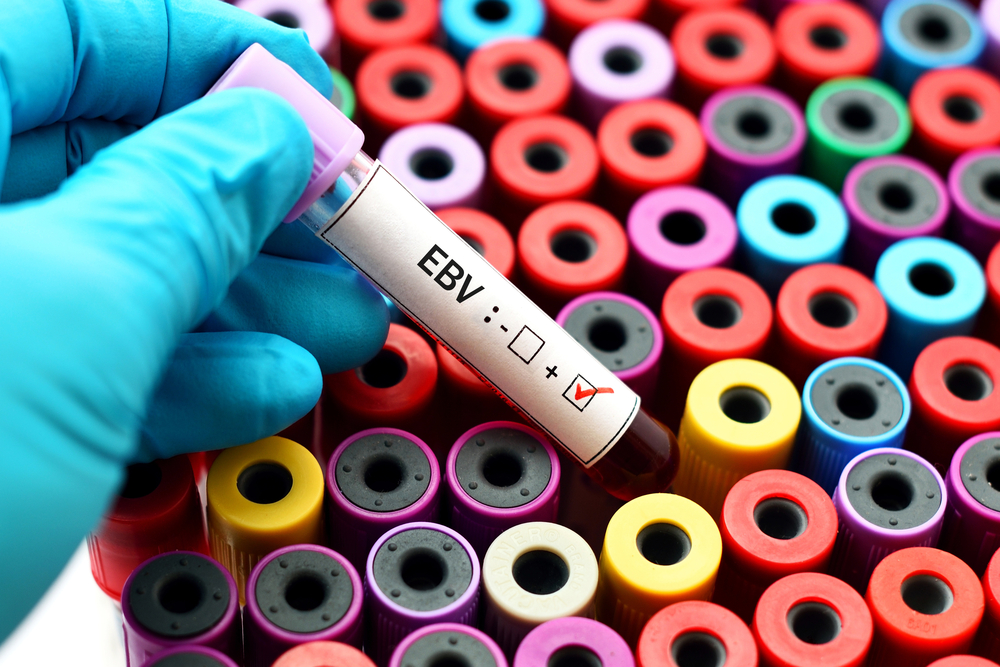Epstein-Barr Virus Infection May Activate Immune Cells in Scleroderma, Study Shows
Written by |

Activation of certain immune cells in scleroderma (SSc) may be linked to infection with Epstein-Barr virus (EBV), researchers showed.
The study, “Epstein-Barr virus lytic infection promotes activation of Toll-like receptor 8 innate immune response in systemic sclerosis monocytes,” appeared in the journal Arthritis Research & Therapy.
The human immune system consists of several cell types that play key roles in defending the body against pathogens and disease. However, aberrant immune responses are the underlying cause for autoimmune diseases such as SSc.
Macrophages and their precursor cells, called monocytes, are known as the “big eaters” of the immune system. Upon tissue damage or infection, monocytes are rapidly recruited to the tissue. Here, they differentiate into tissue macrophages, which can engulf sick cells or pathogens for their destruction, and produce immune signaling molecules.
Previous studies have suggested that monocytes and macrophages play a key role in SSc. They’ve been found in several tissues of SSc patients, where they were producing excessive amounts of inflammatory cytokines. However, the trigger for monocyte activation in SSc remains far from clear.
In fact, “although innate immunity is classically viewed as a first line of resistance against pathogens, little is known about pathogens as the source of the innate immune activation in SSc,” researchers wrote. Viral factors from EBV, also known as human herpesvirus 4, have been found in blood and skin samples from SSc patients.
EBV is one of the world’s most common human viruses. Most people get infected with EBV at some point in their lives. EBV spreads most commonly through bodily fluids, primarily saliva, and can cause infectious mononucleosis, among other illnesses, according to the U.S. Centers for Disease Control and Prevention.
In this study, researchers “sought to investigate whether EBV infection in monocytes might contribute to their activation in SSc.” To this end, the team recruited 53 with diffuse cutaneous SSc and 34 normal, healthy donors. All participants tested positive for antibodies against EBV.
Researchers isolated monocytes from participants’ blood and infected these cells with EBV. They then analyzed the expression of genes in monocytes from dcSSc and healthy controls upon EBV infection. The analysis showed that EBV infection triggered activation of innate immune response genes in monocytes, particularly Toll-like receptor (TLR) 8.
Moreover, the infection significantly increased the expression of markers of monocytes activation in both SSc- and healthy donors-monocytes.
“This is the first study that identifies infectious EBV in monocytes from patients with SSc, and mechanistically links EBV with activation of TLR8 and the IFN innate immune response in freshly isolated dcSSc monocytes,” wrote researchers, noting that overall, the results suggest that monocyte activation in SSc may be a consequence of EBV infection.





